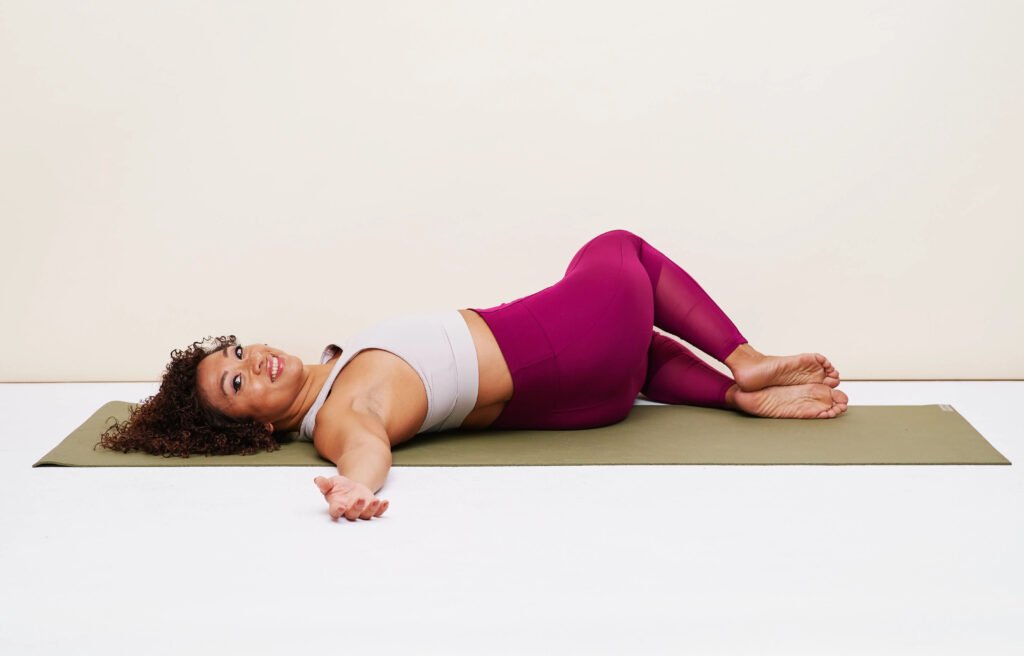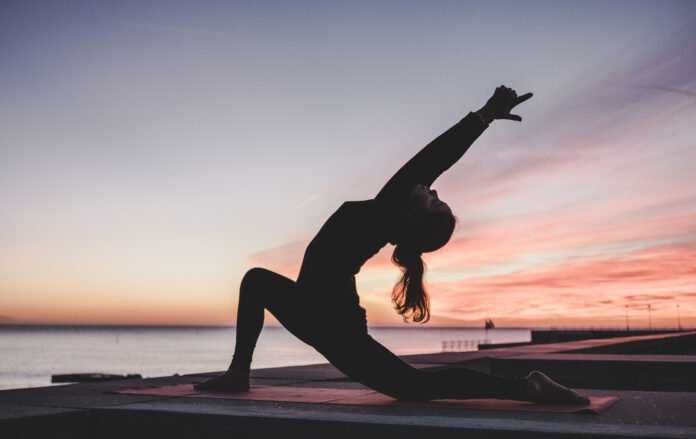Welcome to the world of stretching! Whether you’re a seasoned athlete or just starting your fitness journey, incorporating stretching into your routine is crucial for overall health and improved performance. So grab your yoga mat or find a comfortable spot to sit back and relax as we dive into the wonderful world of stretching! Get ready to unlock new levels of flexibility and unleash the full potential of your body. Let’s get started!
Types of stretching exercises: static, dynamic, ballistic, and PNF
There are various types of stretching exercises that target different muscles and achieve varying results. Static stretching, the most common form, involves holding a stretch for an extended period to increase flexibility. Dynamic stretching, on the other hand, incorporates movement while stretching to improve range of motion and warm up the body before exercise.
For those looking for more advanced techniques, ballistic stretching involves using bouncing or jerking movements to push past your current range of motion. This type of stretching should be approached with caution as it can lead to injury if not done correctly. There’s PNF (Proprioceptive Neuromuscular Facilitation) stretching which combines contracting and relaxing muscles with passive stretches to enhance flexibility.
Each type of stretch has its own benefits and is suitable for different situations or goals. Incorporating a variety into your routine can help maximize your overall results while keeping you motivated and engaged in your fitness journey.
The main muscle groups targeted by stretching exercises

Stretching exercises target various muscle groups in the body, helping to improve flexibility and prevent injuries. One of the main muscle groups that stretching exercises focus on is the lower body muscles. These include the calves, hamstrings, quadriceps, and hip flexors.
By stretching these muscles regularly, you can increase their range of motion and flexibility, which can be particularly beneficial for athletes or individuals who participate in activities that require a lot of running or jumping. Stretching also targets the upper body muscles such as the chest, shoulders, and back. This is essential for maintaining good posture and preventing muscular imbalances that can lead to pain or discomfort.
Incorporating stretching exercises into your workout routine allows you to target multiple muscle groups simultaneously, promoting overall muscular balance and flexibility throughout your entire body. So next time you hit the gym or engage in any physical activity make sure to allocate some time for stretching!
Benefits of adding stretches to your exercise regimen
Incorporating stretching into your workout routine can bring a multitude of benefits. It helps to improve flexibility and range of motion in your joints. This is important because increased flexibility allows for better performance in physical activities, reduces the risk of injury, and aids in recovery after workouts.
Stretching also helps to enhance muscle coordination and balance. By elongating muscles through stretching exercises, you can improve overall body control and stability during movements. This can be particularly beneficial for athletes or individuals participating in sports that require agility and quick reflexes.
Additionally, incorporating stretching into your routine promotes better posture by reducing muscular imbalances that may develop from repetitive actions or sedentary lifestyles. Stretching the chest muscles, hip flexors, and hamstrings regularly can help counteract the effects of sitting at a desk all day or hunching over electronic devices.
Common misconceptions about stretching
Stretching is a crucial component of any fitness routine, but there are several common misconceptions surrounding it. One prevalent misconception is that stretching should only be done before exercise to prevent injury. While pre-workout stretching can help warm up the muscles and increase flexibility, it is equally important to stretch after your workout as well.
Another misconception is that stretching will make you less strong or reduce muscle mass. In reality, regular stretching can actually improve strength and athletic performance by increasing range of motion and preventing muscle imbalances. It helps lengthen the muscles and tendons, which in turn enhances overall muscle function.
So remember, don’t limit your stretches to just before exercising, and don’t worry about losing strength or muscle mass – incorporating stretching into your routine can have numerous benefits for both your physical performance and overall well-being!
How many exercises encompass stretching in the human body?
Stretching is not just limited to a few exercises; in fact, it encompasses a wide range of movements that target different muscle groups throughout the body. From simple stretches like reaching for your toes to more advanced yoga poses, there are countless ways to incorporate stretching into your fitness routine.
When you think about it, almost every exercise involves some degree of stretching. Whether it’s a lunge that engages the hip flexors and hamstrings or an overhead press that stretches the shoulders and upper back, each movement requires flexibility and range of motion. Even activities like running or cycling can benefit from incorporating dynamic stretches before and after to warm up and cool down the muscles.
Conclusion
Every exercise regimen must include stretching. It helps improve flexibility, increase range of motion, prevent injuries, and enhance overall athletic performance. There are various types of stretching exercises that target different muscle groups in the body.
Static stretching involves holding a stretch for an extended period to elongate the muscles. Dynamic stretching uses controlled movements to warm up the muscles before physical activity. Ballistic stretching incorporates bouncing or repetitive movements to stretch the muscles rapidly. PNF (proprioceptive neuromuscular facilitation) stretching combines static and isometric contractions for improved flexibility.
By incorporating these different types of stretches into your fitness regimen, you can effectively target major muscle groups such as the hamstrings, quadriceps, calves, glutes, hip flexors, chest, back and shoulders.


